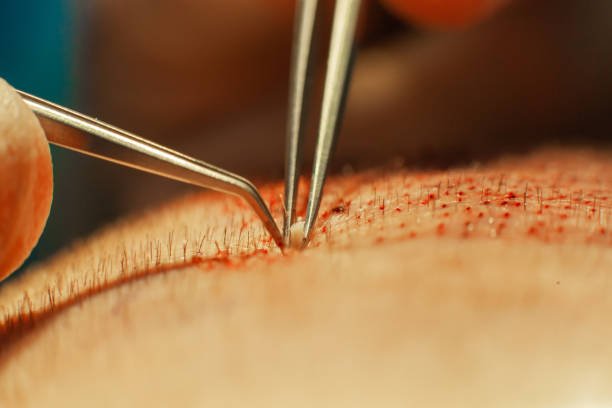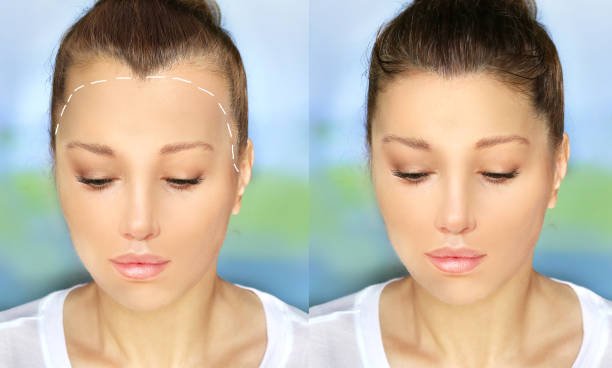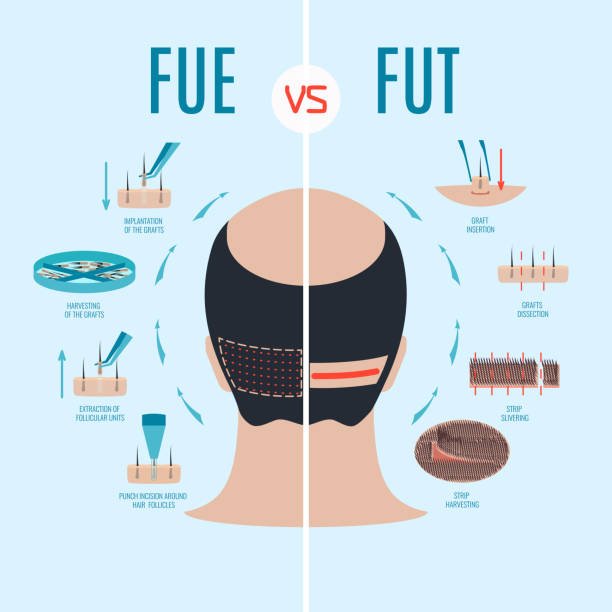Hair Transplantation; What, How and Why!!!?
Hair Transplantation What, How and Why?
As much as I would like to jump straight to the point as regarding hair transplant, it is almost impossible to talk about hair transplant without shedding light on hair loss a.k.a ALOPECIA
So briefly lets dive into what ALOPECIA (hair loss) is
Alopecia areata, better known as hair loss in technical jargon, is a condition in which small, round patches develop on the head that may disappear or remain on the head forever. This condition is not new; In fact, 2 percent of the entire US population is likely to experience such a problem at some point in their lives. The worst cases occur when all the hair on the scalp goes bald; This is medically known as alopecia totalis. When the loss includes all of the hair on the scalp and body, it is known as alopecia universalis.
Nobody can really identify a person who will develop this condition; However, it is very likely that if one of the
distant relatives is known to suffer from hair loss, someone else will suffer the same fate.This is also common in relatives of a patient with autoimmune diseases such as lupus, diabetes, or thyroid disease.
How do you know if you suffer from it? Basically, it usually starts with small, round spots on the head. You find these coin-shaped patches on the scalp; On the contrary, there are some patients who can have it in the eyelashes, eyebrows and beard.
Contrary to popular belief, this is not an indication of more serious medical conditions.The truth is that even healthy people can suffer from it. On the other hand, people with this condition have a higher risk of developing additional problems such as asthma, atopic eczema, and nasal allergies. Once you suspect you have it, you can have your condition evaluated by a board-certified dermatologist, and while they can tell the if you have it simply by examining your scalp, some may ask a patient to have a skin Scalp biopsy for a more confirmatory diagnosis
NOW TO THE MAIN REASON FOR THIS POST, WHAT IS HAIR TRANSPLANTATION?
Hair transplantation is a medical procedure or treatment in which surgeons remove hair follicles from one part of the body to the bald part of the body. It is a procedure in which the balding area of the body is provided with hair. The part where the hair is removed is called the donor site and the part where it is to be inserted (bald area) is called the recipient site.It is also known as a follicular unit transplant.
How is it done?
• Preoperative Planning
When you visit a doctor for this procedure, he or she will first ask about your preferences and expectations and analyze your scalp. This planning will help you know how thick the hair will be after the transplant. Doctors will suggest what to do and what not to do before the operation.
Follicular Unit Transplantation (FUT) Hair Transplantation
In FUT transplantation, the doctor removes a certain centimeter strip from the back of the head and then stitches the area around it. The area is covered with hair.
Next, the medical team divides the removed scalp strip into five hundred to two thousand small grafts, each with a hair of its own or just a few hairs. The amount of graft you get depends on your hair type, the quality, the color and also the size of the area where you get the graft.
Follicular Unit Extraction (FUE) Hair Transplantation
In FUE transplantation, the hair doctor first shaves the hair from the donor area.The doctor will then extract the follicles from there one by one with a fue punch. The hair doctor then uses very small blades or fine needles to pierce the sites where the grafts are to be received, placing them in a preset density and pattern, and steadily angling the lesions to create an attractive hair pattern. The technicians usually perform the last part of the procedure and place each graft in the right place. This process can be done in one long session or in many small sessions.
FUT vs. FUE
FUT
• Leaves a donor scar
• Healing time is longer
• More discomfort in the donor area
• Maximum graft yield is
Higher than FUE
• Less expensive
FUE
No does not leave a linear donor scar.Healing time is shorter.
• Less discomfort in donor area
Maximum yield of FUE transplantation is lower than FUT
More expensive
List of hair transplantation equipment:
• Implant pen
• Fue
• FUE follicular unit extraction machine for hair transplantation
• Cylindrical FUE punch
• Tweezers
• HT Micro Titanium Tweezers
• Punch Holder for Manual Hair Transplant
• Titanium FUE for Hair Transplant etc.
Why is it profitable compared to other hair growth strategies?
•It is one of the hair restoration procedures which consists in transplanting your own hair taken from the back of the scalp. It grows naturally.The hair color is the same as your original hair. Hair growth usually starts every two or three months. Hair replacements complete your recovery at eight to ten month intervals.
•Another benefit of this surgery is that you get really manageable hair. Transplanted hair works similarly to your naturally large hair, so no special shampoos or chemicals need to be applied to maintain its density.
• Absolutely safe and natural hair transplant area. This method does not use any special chemicals or active ingredients that can harm your hair. Among all forms of hair growth, hair transplantation is the most natural. Hair loss treatment results are so important that most people are reluctant to say they just got a hair transplant.
•Helps to hide baldness with your own hair that requires no maintenance. Improves the security and the appearance of the person. The cost may be higher, but it is the most effective procedure in treating hair loss.
Remember your hair crowns your head , it the only crown we've got
its not a bad thing if it needs investing in, invest, especially if you can afford it
Thanks for reading, Sayonara✌️
References/Resources
Reference 1
Reference 2
Reference 3
Reference 4
Reference 5
Reference 6
Reference 7
Reference 8



This type of content is very useful on the platform, thank you for sharing this well detailed material on hair transplantation, I learned about a topic that I do not know and that is the value of this social network.
You are very much welcome, thank you also for reading
Thanks for your contribution to the STEMsocial community. Feel free to join us on discord to get to know the rest of us!
Please consider delegating to the @stemsocial account (85% of the curation rewards are returned).
You may also include @stemsocial as a beneficiary of the rewards of this post to get a stronger support.